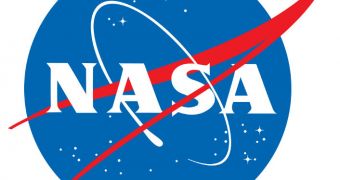As part of a larger initiative meant to create and support interest in science, technology, engineering and mathematics (STEM), the American space agency has been supporting the FIRST Robotics Competition for several years now. The 2011 edition just began this weekend.
The FIRST (For Inspiration and Recognition of Science and Technology) competition will take place at a number of convention centers around the United States, officials at NASA say.
A key role will be played by NASA research centers around the country, which will open their doors to local companies, technology firms and other groups throughout this competition.
The long-standing challenge to inspire curiosity in STEM among high school students and young adults has over the past few years been advanced considerably, thanks to joint efforts from a variety of agencies, research groups and universities, among others.
The FIRST Robotics Competition is a fun and complex way of achieving the same purpose. In order to take part in the contest, participants need to be able to design, build, test and compete a robot.
NASA has set up a series of tasks that each type of robot needs to be capable of performing. Those who enroll in FIRST are given the opportunity to select what type of explorer they want to build.
But perhaps the most important aspect of the entire competition is the fact that students who are interested in pursuing STEM careers get the chance to work side-by-side with NASA professionals, and receive advices that they would otherwise have no way of getting access to.
Another positive aspect is the fact that these students will have the chance to deal hand-on with the type of problems and challenges that face engineers and researchers each single day, in developing real-world robots.
The 2011 design and building frenzy will last for about six weeks, NASA estimates. About 30,000 students and their mentors have signed up to participate, and all these people form about 2,000 teams that will each come up with a robot designed to meet NASA criteria.
Each of the groups is free to give its robot the looks and functions it wants to, but all participants need to respect some dimension and weight restrictions. There are several difficulty levels, depending on whether the teams consist of rookies or professionals.
At the start of the contest, all participants were given kits containing the parts they need to use in order to build their robot. They have one and a half months to complete their assignments, SpaceRef reports.

 14 DAY TRIAL //
14 DAY TRIAL //